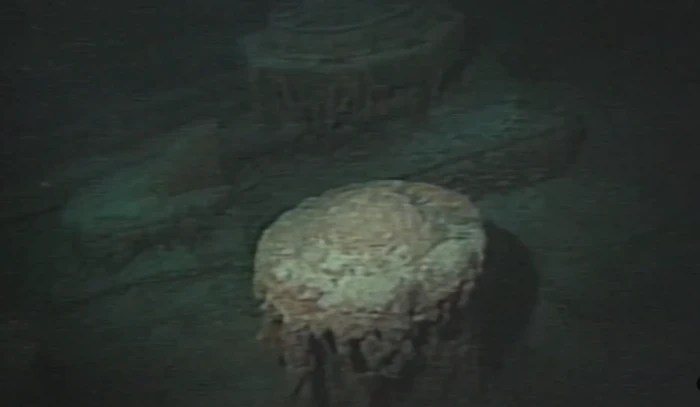for over a century, explorers have descended into the silent darkness surrounding the Titanic, expecting to find traces of the more than 1,500 souls lost that night.
Yet every mission returns with the same unsettling discovery: not a single human skeleton lies among the rusting ruins. This eerie absence has fueled speculation, conspiracy theories, and whispered rumors. Could the deep sea truly erase all evidence of the victims, or is there a chilling scientific reason beneath two and a half miles of crushing ocean pressure?
Why No Skeletons Remain in the Titanic Wreckage

More than 100 years after the RMS Titanic sank, one question still fascinates historians and the public: why haven’t any human remains ever been found? Despite countless expeditions, state-of-the-art submersibles, and decades of underwater footage, the wreck reveals astonishing artifacts—but no skeletal evidence. Science now provides a clear answer.
When oceanographer Robert Ballard discovered the Titanic in 1985, he found it resting roughly 12,500 feet below the surface—a depth so extreme it destroys almost all organic material. The wreck lies beneath the “calcium carbonate compensation depth,” a zone where bones, shells, and other calcium-based materials dissolve rapidly in the corrosive seawater.

Ballard explained in an interview, “Once deep-sea scavengers strip away soft tissue, the remaining bones have no chance of survival. At that depth, the water is so undersaturated with calcium carbonate that bones simply disintegrate.”
James Cameron, who has dived to the Titanic more than 30 times, confirmed the eerie emptiness: “We’ve found clothing, shoes, and objects that clearly belonged to passengers,” he told The New York Times. “But never once have we seen human remains.”
Most bodies initially floated, aided by lifejackets, and were likely carried away by storms in the days following the sinking. Over time, any remaining remains either sank or were consumed by sea life, leaving no trace for future explorers.

While shipwrecks in shallower waters can preserve bones for centuries, the Titanic’s extreme depth and the chemistry of the deep ocean make preservation impossible. Some researchers speculate that untouched, sealed areas of the ship might theoretically contain protected remains, but after more than a century, the odds are vanishingly small.
What endures are haunting artifacts—shoes, coats, and personal belongings frozen in time on the ocean floor. These items, paired with the absence of human remains, intensify the heartbreak of that tragic night.
Conclusion
The mystery of the missing skeletons at the Titanic’s resting place is no longer speculation—it’s science. Crushing depth, corrosive chemistry, and relentless deep-sea scavengers have erased nearly all physical traces of the passengers. Yet the artifacts that remain—shoes neatly side by side, scattered clothing, personal items untouched for over a century—stand as silent memorials on the seabed. The lack of human remains deepens the tragedy, reminding us that the Titanic’s story is not just about a lost ship, but about lives reclaimed by the unforgiving ocean.
